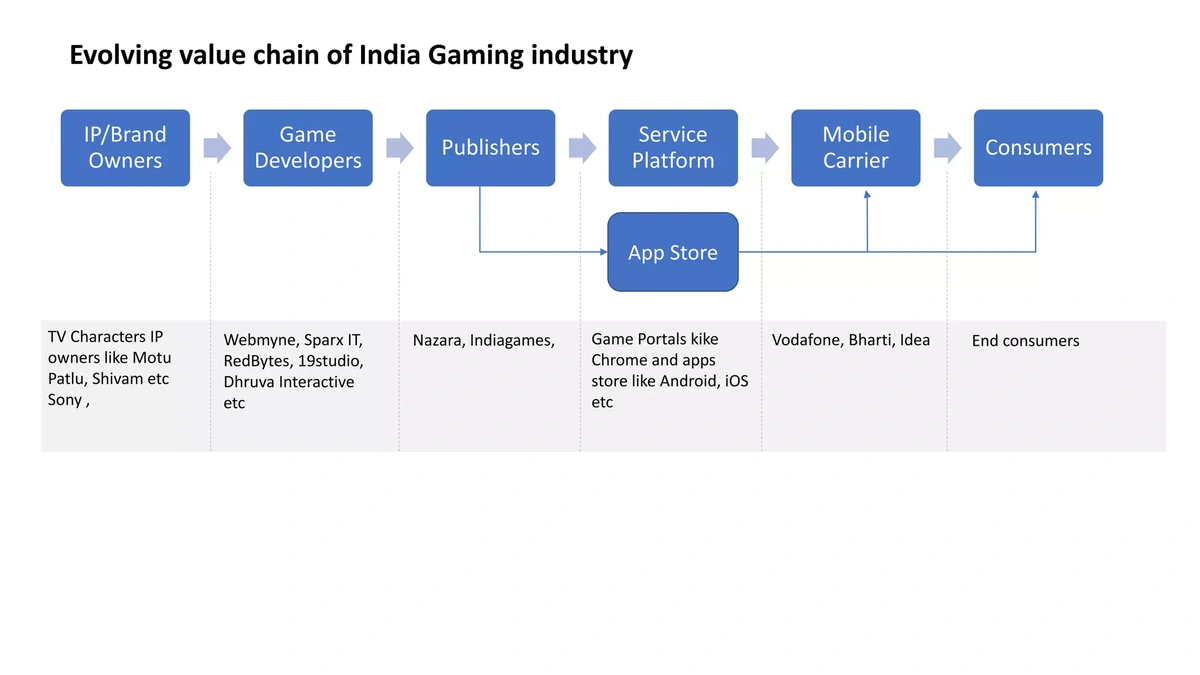Let’s be honest, the term “visceral fat” sounds a bit…icky. But it’s more than just an aesthetic concern. Visceral fat, the kind that lurks deep within your abdomen, surrounding your organs, is linked to some serious health issues. And while countless articles tell you to just “exercise more and eat less,” the truth is, losing this stubborn fat requires a more nuanced approach. So, let’s dive into the ‘how’ of it all, shall we? This isn’t just another listicle; it’s a practical guide based on what I’ve seen work, and, more importantly, why it works.
Why Visceral Fat Matters (More Than You Think)
Now, before we get into the nitty-gritty of how to tackle visceral fat, it’s crucial to understand why it’s so different from the subcutaneous fat you can pinch. Think of it this way: subcutaneous fat is like the spare tire in your trunk – not ideal, but not actively causing problems. Visceral fat, on the other hand, is more like a noisy neighbor, constantly releasing inflammatory substances and messing with your hormones. According to research published in the Harvard Health Blog , excess visceral fat is strongly linked to increased risk of type 2 diabetes, heart disease, and even certain cancers. So, yeah, it’s kind of a big deal.
The Power of Protein and Fiber (The Dynamic Duo)
Okay, so we know visceral fat is the bad guy. Now, how do we fight it? Diet plays a massive role, and it’s not just about cutting calories. It’s about what you’re eating. This is where protein and fiber come in. Protein helps you feel fuller for longer, which reduces overall calorie intake. But more importantly, it helps preserve lean muscle mass, which is crucial for boosting your metabolism. Think lean meats, fish, eggs, lentils, and beans. Fiber, on the other hand, acts like a scrub brush for your digestive system, promoting healthy gut bacteria and helping to regulate blood sugar levels. Load up on vegetables, fruits, and whole grains. A common mistake I see people make is focusing solely on cardio while neglecting their diet. You can run a marathon every day, but if you’re still eating processed junk, you’re fighting an uphill battle. But, there’s one more secret!
Stress Less, Lose More: The Cortisol Connection
Here’s the thing: stress is a visceral fat‘s best friend. When you’re stressed, your body releases cortisol, a hormone that can actually increase fat storage, especially in the abdominal area. What fascinates me is how many people overlook this crucial aspect. You can have the perfect diet and exercise routine, but if you’re constantly stressed out, you’re sabotaging your efforts. So, how do you combat stress? Find what works for you. Meditation, yoga, spending time in nature, listening to music, or even just taking a few deep breaths throughout the day can make a huge difference. I initially thought this was straightforward, but then I realized the importance of creating a stress-reducing ritual. The visceral fat loss secrets are here for you.
The Exercise Sweet Spot: HIIT vs. Steady-State Cardio
Now, let’s talk exercise. Cardio is important, but not all cardio is created equal. While steady-state cardio (like jogging at a moderate pace) is beneficial for overall health, High-Intensity Interval Training (HIIT) can be particularly effective for targeting visceral fat. HIIT involves short bursts of intense exercise followed by brief recovery periods. This type of training has been shown to boost metabolism and burn more calories in a shorter amount of time. What fascinates me is how effective these short routines can be. But it’s not all about HIIT. Incorporating strength training is also crucial. Building muscle mass helps increase your metabolism and burn more calories, even when you’re at rest. Aim for a combination of both cardio and strength training for optimal results. As per the guidelines mentioned in the information bulletin from several studies, consistency trumps intensity, so find something you enjoy and can stick with long-term.
Sleep Your Way to a Flatter Stomach? (Yes, Really!)
Believe it or not, sleep deprivation can also contribute to visceral fat accumulation. When you don’t get enough sleep, your body produces more cortisol and less leptin (a hormone that helps regulate appetite). This combination can lead to increased cravings for unhealthy foods and increased fat storage. Aim for 7-8 hours of quality sleep per night. Create a relaxing bedtime routine, avoid caffeine and alcohol before bed, and make sure your bedroom is dark, quiet, and cool. Trust me, your waistline will thank you. Many people make a mistake and stay up late working and then expect to lose visceral fat. It doesn’t quite work like that.
FAQ: Your Visceral Fat Loss Questions Answered
Frequently Asked Questions
What are the best foods to reduce visceral fat?
Focus on lean protein, high-fiber foods, and healthy fats. Think vegetables, fruits, whole grains, lean meats, fish, eggs, nuts, and seeds.
How much exercise do I need to do to lose visceral fat?
Aim for at least 150 minutes of moderate-intensity aerobic exercise or 75 minutes of vigorous-intensity aerobic exercise per week, plus strength training exercises at least two days per week.
Can I target visceral fat specifically?
You can’t spot-reduce fat, but a healthy diet and regular exercise will help you lose overall body fat, including visceral fat.
What if I’m already at a healthy weight but still have visceral fat?
Even if you’re at a healthy weight, you can still have excess visceral fat. Focus on improving your diet, exercise routine, and stress management techniques.
Ultimately, losing visceral fat isn’t about quick fixes or fad diets. It’s about making sustainable lifestyle changes that prioritize your overall health and well-being. And while it may take time and effort, the rewards are well worth it – a healthier heart, a lower risk of disease, and a happier, more confident you.











